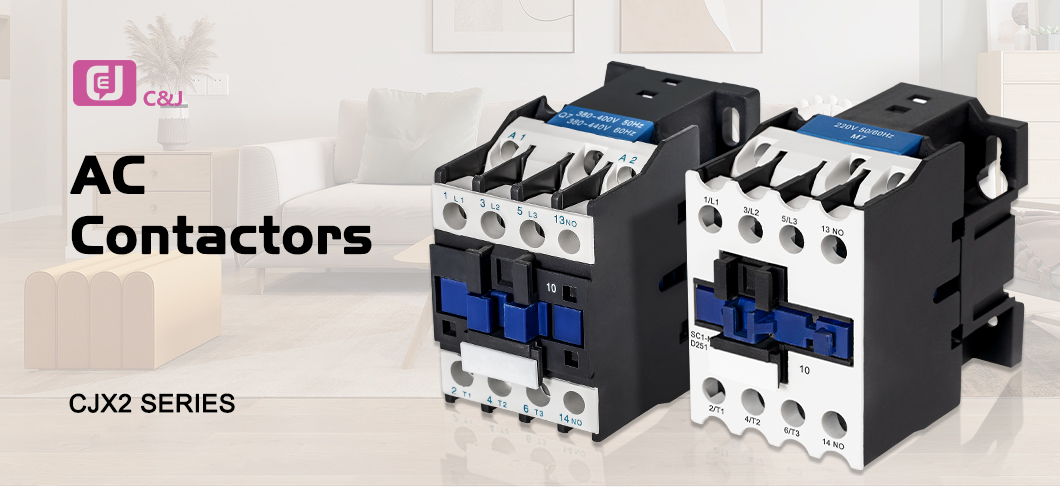Title: Understanding AC Contactors: A Vital Component in Electrical Control Systems
Introduction :
In the field of electrical control systems, there is one critical component that plays a key role in initiating and interrupting the flow of electricity: the AC contactor. It acts as the main switch to keep the circuit running reliably and efficiently. In this blog post, we’ll dive into the intricacies of AC contactors, their construction, and their importance in electrical control systems. This exploration will reveal the importance of understanding and maintaining these fundamental devices.
Paragraph 1 :
AC contactors are electromagnetic devices designed to manage the flow of electricity in a circuit using control signals. They consist of specially constructed magnet structures whose primary function is to control the connection and disconnection of power. Typically, AC contactors are used in medium to high power applications such as HVAC systems, electric motors, and industrial machinery. These devices allow for remote control, which is often critical to the efficient management of modern machine automation and electrical networks.
Paragraph 2 :
The structure of the AC contactor is composed of a coil, a contact, a moving iron core, and a static iron core. The coil is powered by an electrical signal, which creates a magnetic field that attracts the moving core towards the stationary core. These movements cause the contacts to connect or break, completing or breaking the circuit. The contacts are made of high-quality materials to ensure minimum contact resistance and maximum durability. In addition, a separate auxiliary contact is integrated in the AC contactor to provide an important feedback signal for the control circuit, thereby realizing monitoring and protection functions.
Paragraph 3 :
Due to the importance of AC contactors in electrical control systems, regular inspection and maintenance are essential. Over time, the arcing that occurs during contact separation causes the contacts to age and increase resistance, which can lead to electrical failure. To prevent such problems, regular inspection, cleaning and lubrication of the contactors is recommended. Additionally, in applications where the contactor is activated frequently, it may be necessary to periodically replace the contact elements.
Paragraph 4 :
When selecting an AC contactor for a particular application, several factors must be considered. These include rated voltage, rated current, and coil voltage compatibility with the control circuit. In addition, attention should be paid to the specific operating environment, such as temperature range and humidity, to ensure the best performance and service life of the contactor. Consulting technical specifications and working with a reputable electrical component supplier can help you select the best AC contactor for your intended application.
Paragraph 5 :
In summary, AC contactors are an integral component in electrical control systems to ensure safe and efficient operation of circuits. Understanding their construction, importance and maintenance requirements is critical in both industrial and domestic environments. AC contactor life and reliability can be significantly improved by ensuring proper selection, regular inspection, and conservative maintenance practices. With the continuous advancement of technology, the ever-evolving design and enhanced functions of AC contactors will further optimize their performance and expand their application range. To maintain the integrity of the electrical system and ensure the seamless operation of the machinery, it is critical to invest time and effort in understanding AC contactors.
In short, the story of the AC contactor is a story of control, safety and reliability, which is truly reflected in its structure and its role in the electrical control system. Recognizing their importance as master switches in circuits, it is clear that these devices deserve our attention and careful consideration.
Post time: Aug-01-2023


